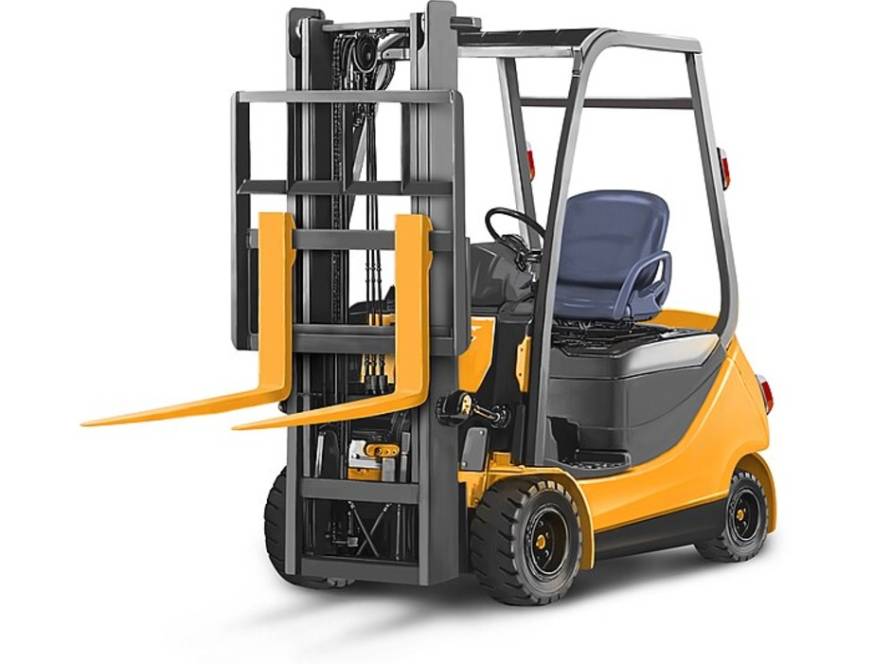Whether you’re new to forklift operation or returning after a break, following these safety guidelines is essential to protect yourself and others.
1. Proper training is essential
All forklift operators must complete the required training to use a forklift legally and safely.
2. Regular inspections
Before each use, check the forklift thoroughly for damage, wear, leaks, and especially inspect brakes, controls, and tyres.
3. Pre‑operation checks and adjustments
Adjust the forklift to suit you — including mirrors, seat, controls, and seatbelt — before operating.
4. Wear appropriate protective workwear
Operators should wear suitable PPE: safety shoes, high-visibility and fitted clothing, and a hard hat if required by site rules.
5. Be aware of your environment
Pay attention to site speed limits, designated travel routes, warning signs — and stay alert to surroundings when driving the forklift.
6. Load safely and securely
Avoid overloading, unbalanced, overly tall, or unsecured loads — these are common causes of accidents.
7. Watch out for hazards
Be alert to uneven or slippery surfaces, loose objects, tight doorways or corners, and other obstacles that could lead to accidents.
8. Take care when driving on ramps
When going uphill or downhill on inclines, travel carefully — ensure the heaviest part of the machine is uphill to reduce tipping risk.
9. Stay alert and focused
Never let over-familiarity with the job lead to complacency. Constant attention helps avoid mistakes and reduce risk.
10. Follow proper post‑operation procedure
After use, return the forklift to its designated area, park it correctly, turn it off, remove the keys, and keep walkways, entrances, and exits clear — especially if refuelling.
Why Accredited Training Matters
SB Skills offers accredited forklift training and refresher courses that follow current standards and meet safety requirements — ideal for both beginners and experienced operators.
Their training programmes cover everything from pre‑use checks and safe operation to understanding the vehicle’s capabilities and safe load handling.
Whether you plan to work in warehousing, logistics, or construction, proper training helps ensure you operate safely and confidently.
Get Started with Forklift Training
If you want to operate a forklift safely and professionally, SB Skills is ready to help.
Call 01695 558 420 or email info@sbskills.co.uk to find out more about their training courses and secure your place.



